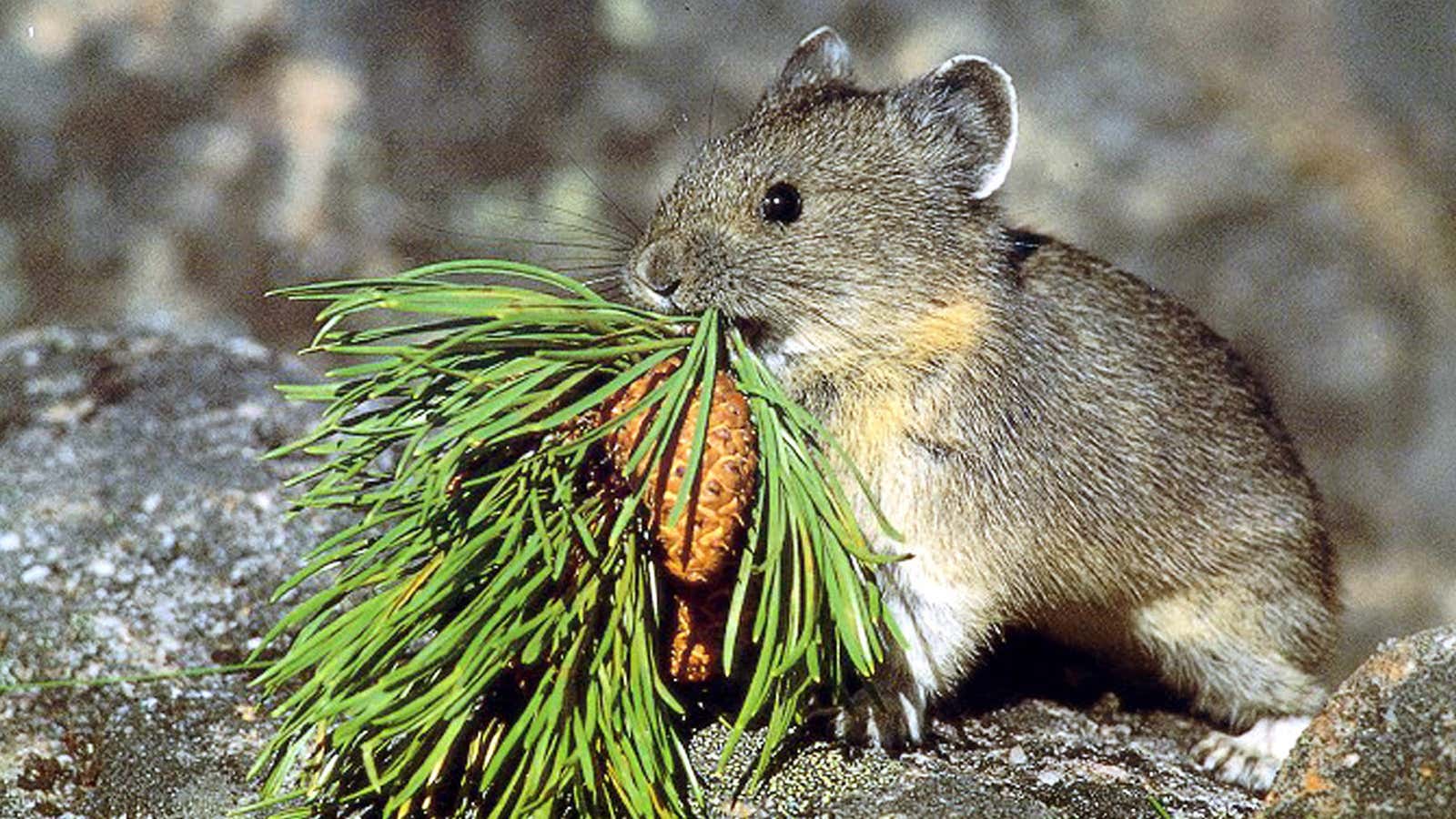The American pika was to be the poster animal for combatting global warming (after the polar bear, of course). Environmentalists were going to use the US’s powerful endangered species laws to protect the pika and other wildlife threatened by climate change and thwart industrial development contributing to their demise. But greenies have lost a six-year fight to put the impossibly cute critter on the endangered species list, which shows just how difficult it is to repurpose twentieth century environmental laws to fight a twenty-first century catastrophe.
A member of the rabbit family with big ears, a button nose and a high-pitched squeak—paging Walt Disney!—the furry-coated pika lives on rocky slopes high in the mountains of the North American west. The pika does not hibernate but maintains a high internal temperature to survive frigid winters. That makes the animal extremely vulnerable to climate change; because it cannot regulate its internal heater, the pika can die in the summer if its body temperature increases by as little as 3 degrees Celsius (5.4 F).
Conversely, if higher temperatures in the winter melt the snow pack that insulates the pika’s home, the critter risks freezing to death. For the pika, there’s only way to escape global warming: scamper north. Some pika populations have disappeared from lower elevations as temperature have risen; others have migrated to higher mountain redoubts. But there’s only so far they can go.
On May 22, California authorities rejected for the second time a petition from the Center for Biological Diversity, a Tucson, Arizona-based environmental group, to protect the pika under the state’s endangered species law. (At the federal level, officials initially found that climate change may warrant protecting the pika, but that decision was reversed in 2010.)
The California Department of Fish and Wildlife did not deny that climate change threatened the pika. Global warming is likely to “result in severe impacts in habitat suitability for the American pika over the next 100 years,” department staff wrote in a recommendation to deny listing the pika. “The compounding effects of population contraction and isolation will present a significant threat to the persistence of the American pika in California by 2100.”
Instead, state scientists essentially argued that the pika isn’t dead yet. Referencing other scientific studies, they speculated that the animal could adapt to California’s warming climate as it has in eons past. And in any event, they said, computer models are not accurate enough to predict precise impacts on the pika. “While climate change can be considered to be in progress now, it may not be immediately threatening the American pika in a significant manner,” the report concluded.
What’s driving the decision? Protecting the pika from global–rather than local—threats isn’t easy. Endangered species laws generally prohibit actions that would harm or modify an animal or plant’s habit and require the government to create a plan for its recovery. So if you’re protecting, say, the northern spotted owl, you bar a timber company from logging its old-growth forest habitat. But the threats to the pika range from coal-burning power plants in China to carbon-spewing cars in Los Angeles. Protecting the animal might not result in the shuttering of power plants but would at least require to the government to consider the future global impact of such projects.
Unfortunately, governments act locally, not globally. And endangered species laws, which date back to the 1970s, never contemplated the threat of global climate change.
The Center for Biological Diversity is considering appealing the California decision, Shaye Wolf, the group’s climate science director, told Quartz. “The climate crisis is worsening by the day, and the future will only become grimmer for temperature-sensitive animals like the pika,” she said.
